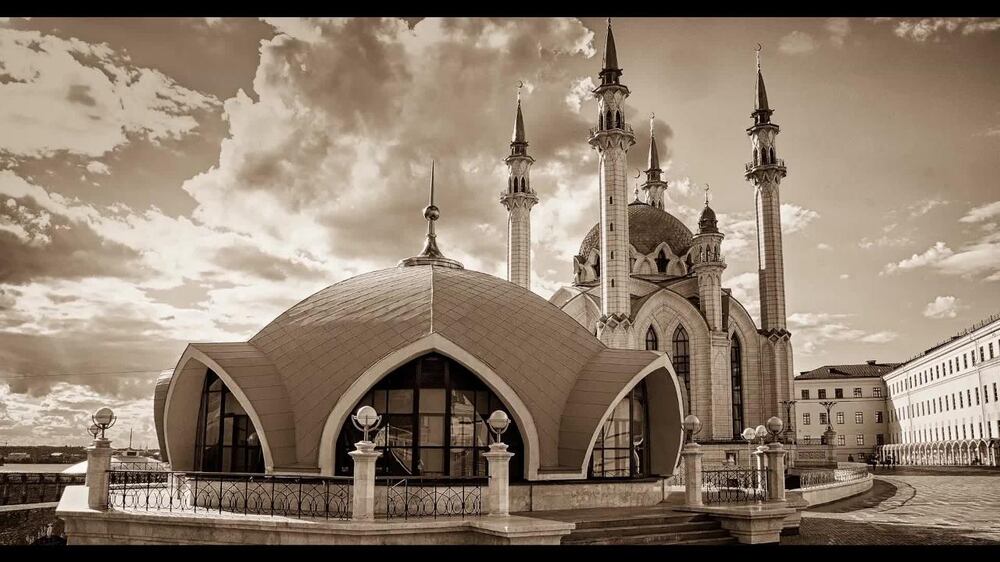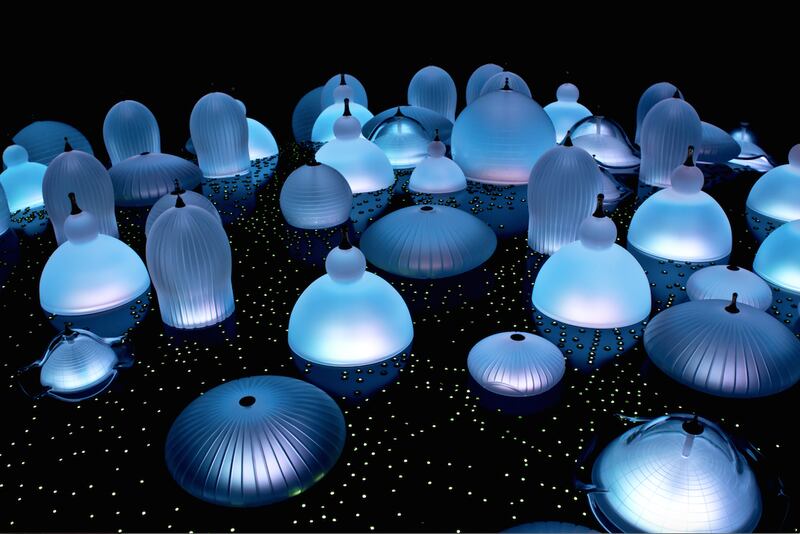Silent Call, a dynamic lighting and motion sculpture, will be unveiled at Dubai Design Week on November 14 (see video below). Dubai-based designer Khalid Shafar, the famed creator of The Nomad, a seating installation that recalls traditional Emirati shelters made of wood and palm fronds, has collaborated with Czech lighting designer Lasvit to create his latest glassware-led installation, which spans 2 metres by 1.5 metres, and weighs 213 kilograms.
Silent Call draws inspiration from Islamic architecture and the five pillars of the faith. Its blown-glass chandeliers are inspired by the domes of the Sheikh Zayed Mosque in the UAE, Schwetzingen Mosque in Germany, Kul Sharif mosque in Russia, Ubudiah Mosque in Malaysia and Nusrat Jahan Mosque in Denmark. Yet, Shafar says the multipurpose piece transcends religious dimensions to become something that's at once contemporary, design-led and tech savvy.
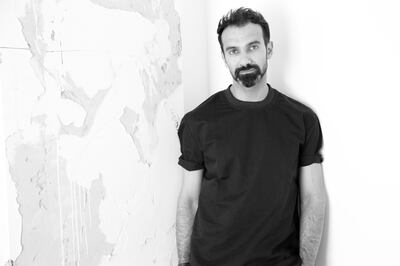
What was the idea behind Silent Call?
The five daily prayers are among the most important obligations of the Islamic faith. Prayer times are defined as near dawn, just after midday, in the afternoon, just after sunset and around nightfall. Today’s busy world poses challenges to perform worship at the exact times as determined according to the sun, as these change depending on the season. Software-based azan clocks help keep track of it for travellers and worshippers inside buildings where the call to prayer may not be heard. This led to the idea of programming a sculpture that would silently remind worshippers of prayer times, using motion and lighting effects, thanks to the fascinating light programming and experience that Lasvit brings to this field. I wanted to create an indicator for a particular hour, and after it was developed, I realised that the sculpture could also serve other time-related purposes.
How would you describe the installation in terms of its design?
The installation took inspiration from the crown of Islamic architecture: the mosque. It features stylised domes of five iconic mosques from the UAE, Russia, Malaysia, Germany and Denmark. The shapes of the domes were transformed into silhouettes of the chandelier's crystal components. Each dome is resized in several dimensions, while all components are mounted upside down, for functionality and composition. This multipurpose installation may be uniquely preset to move according to its collector's time zone and schedule. Additional settings create varied light throughout the day. Overall, Silent Call is a visual, interactive and experiential design, rather than being a static complement to its environment, and the viewer interacts with the lighting performance and responds with action depending on the time indicated by the installation.
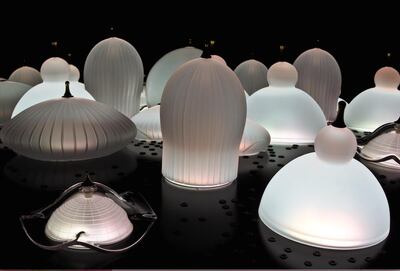
How did you choose the five mosques?
The figure was inspired by the symbolism of the number five in Islam, arising from its five pillars: declaration of faith, obligatory prayer, charitable giving, Ramadan fasting and pilgrimage to Makkah. The particular focus here was the obligatory prayer, which is also five times a day. As for the mosques themselves, I intended to select those with unique dome shapes, which would collectively create a great mix and an appealing aesthetic. This is also to showcase how Islamic architecture has moved forward design-wise. Today we look at historical and modern churches with the same admiration. The same goes for mosques, with many architects having mastered contemporary mosque designs.
How do you see the two aesthetics – East and West – coming together in your creation?
This collaboration is a cultural exchange between the Czech Republic and the UAE, as represented by Lasvit and myself. Our selected mosques, too, come from five cosmopolitan destinations, thereby combining the East and West. While a mosque’s dome is a very dominant part of the scene in the Middle East, the beauty of western glassmaking and shaping played a part in realising this installation and joining the dots between the two aesthetics.
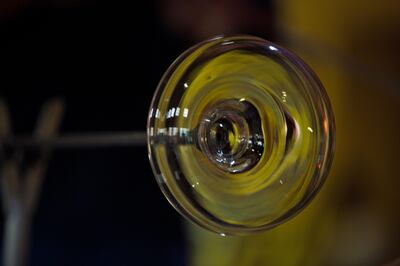
So you wouldn’t consider your creation to be predominantly religious?
Not at all. I believe Silent Call is very universal. Taking Islamic architecture as an inspiration or influence in design was never considered a religious or cultural thing. It would be the same as if we had used the Gothic, Renaissance, Bauhaus or Art Deco styles. From a programming perspective, the chandelier can be set to not only indicate prayer times in the Islamic context, but can also be adjusted to meal times, breaks or visit hours in other cultures or environments, including private homes and public spaces such as malls, hotels, libraries, offices, and metro or airport terminals.
Silent Call will be officially unveiled at 5pm on November 14 at Building 7, Dubai Design District, as part of the ongoing Dubai Design Week
Silent Call
